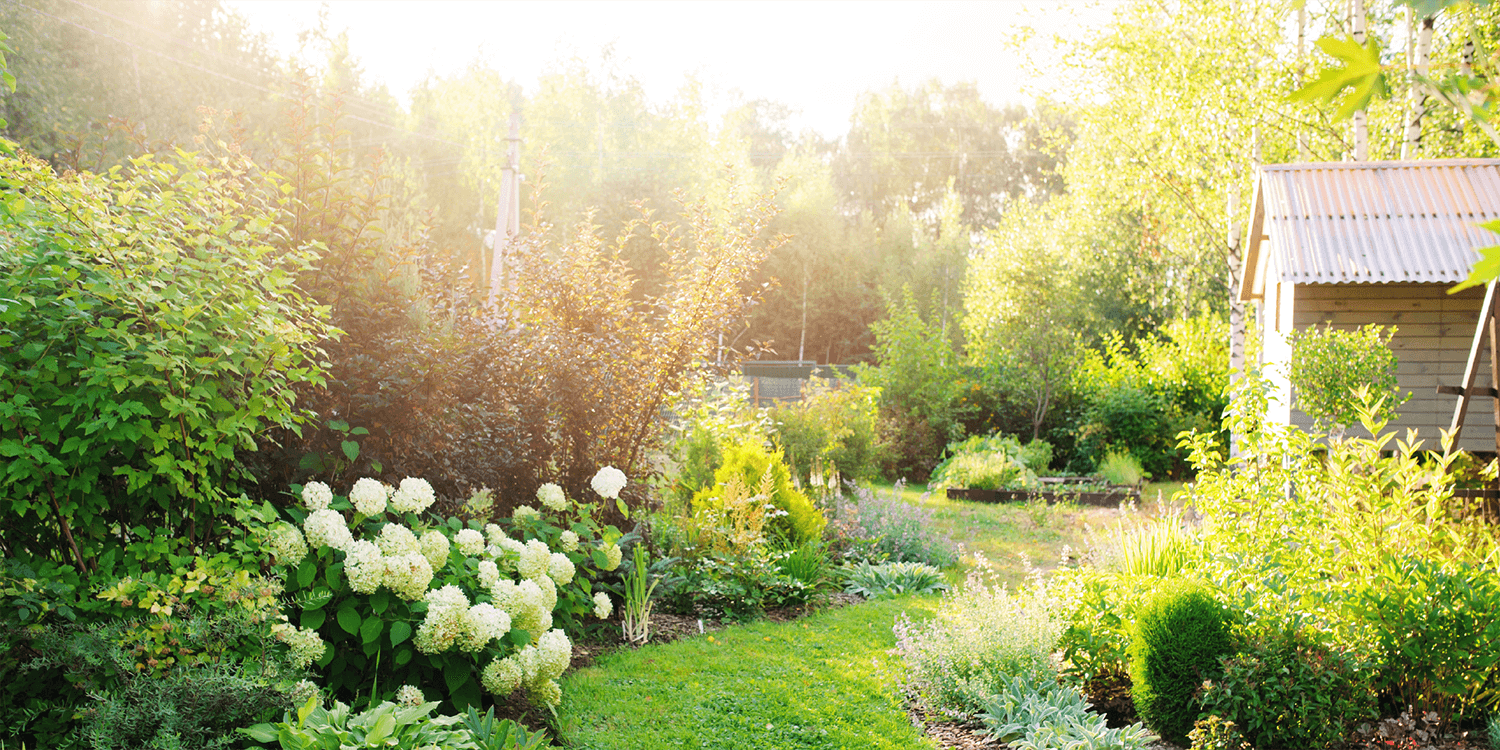Did you know that around 26% of the world’s vegetation is made up of over 10,000 different species of grasses? Of course much of it grows without help from humans, or as part of food crops; but if you want to learn how to take better care of your own little grassy oasis this fall: We have 6 simple steps that will perfectly prepare your lawn for its long winter’s nap, so it can wake up well-fed and rejuvenated in the spring.
1. Rake it
Raking your lawn in the fall is the most well-known way of helping prepare it for the upcoming winter. After all, a garden rake resting beside a freshly gathered pile of leaves is one of the most iconic symbols of the autumn season, especially if you’re not partial to the seasonal flavours of a pumpkin spice latte. So grab your rake and be vigilant about clearing away all the fallen leaves that land on your lawn. If you’re an avid gardener, the best thing to do with all of those leaves is to store them in a composter over the winter to help enrich the compost you’ll use on your garden in the spring.
2. Rake it again
You’re obviously going to want to rake your lawn multiple times in the fall, but you don’t just want to rake for the purpose of leaf removal. You’ll also want to go a little deeper (without damaging your healthy grass of course), to get rid of dead grass, moss and other organic debris, known as “thatch”. In case you were wondering, the process of removing thatch is called scarifying.
It can be more effective to scarify your lawn with a special thatching rake or a power dethatcher depending on the size of the area you’re working on and your willingness to perform strenuous labour. Of course, you can also hire a lawn care service to help prepare your lawn for the winter.
3. Feed it
Feeding your grass with a good quality fertilizer isn’t just something you want to do in the spring and summer. If you’re looking for long-term lush results, you’ll also want to make sure your lawn is properly fed with a hearty autumn fertilizer mixture. Think of it as a warm bowl of butternut squash soup for your lawn’s soul.
You can buy winterizing lawn food that contains the right balance of nutrients (like potassium) which will slowly release, feeding your lawn over the long winter months. Be careful not to fertilize your lawn after late September: at this point in the fall, you want your grass to enter its dormant phase rather than keep growing and risk being damaged by frost.
4. Mow it
You’ll want to mow your lawn before the snow starts to fall, but it’s best that your grass is slightly longer than the height you keep it in the summer. If your grass is too short, the roots can be more easily damaged by the cold, but if it’s too long, the grass can fold over itself: creating a layer of thatch that can also damage your lawn’s health.

5. Aerate it
Aerating your lawn in the fall also helps keep it healthy through the winter, allowing for better oxygen, water, and nutrient absorption. You can hire aeration professionals, or do the job yourself with aeration tools you can find at your local hardware store’s garden centre. If you have the time, or only need to aerate a small space, poking holes in your lawn that are roughly 10cm apart with a simple garden spading fork can do the trick.
6. Overseed it
Sprinkling extra grass seed on your lawn in the fall before it gets too cold will allow the seeds to germinate and help give you a much thicker, healthier-looking lawn next growing season. As a bonus, weeds that thrive in warm weather will die off in the fall, allowing your newly planted grass seeds to fill in the space that was previously occupied by those weeds.
Once all of these tasks have been completed, all there’s left to do is turn off your sprinkler system for the winter and store your gardening tools in a place that will protect them from the elements. Your lawn will still be exposed to everything winter has in store for us this year, but now you’ll know you’ve done everything necessary to make sure your grass will be off to a fresh, healthy start in the spring!


